Take a wide shot of the entire limestone hill from a distance. Early morning or late afternoon light brings out the textures in the cliffs.
Batu Caves is one of the most visually striking places you can visit in Malaysia. From its towering golden statue to the steep, color-blocked staircase and the limestone caverns above, nearly every corner of Batu Caves is worth photographing. Whether you're into cultural landmarks or natural rock formations, this spot will fill your camera roll fast.
From vibrant man-made elements to rugged natural geology, Batu Caves is layered in textures, colors, and shapes. You’ll find contrasts between light and shadow, man and nature, chaos and calm. Here’s what you should aim to capture:

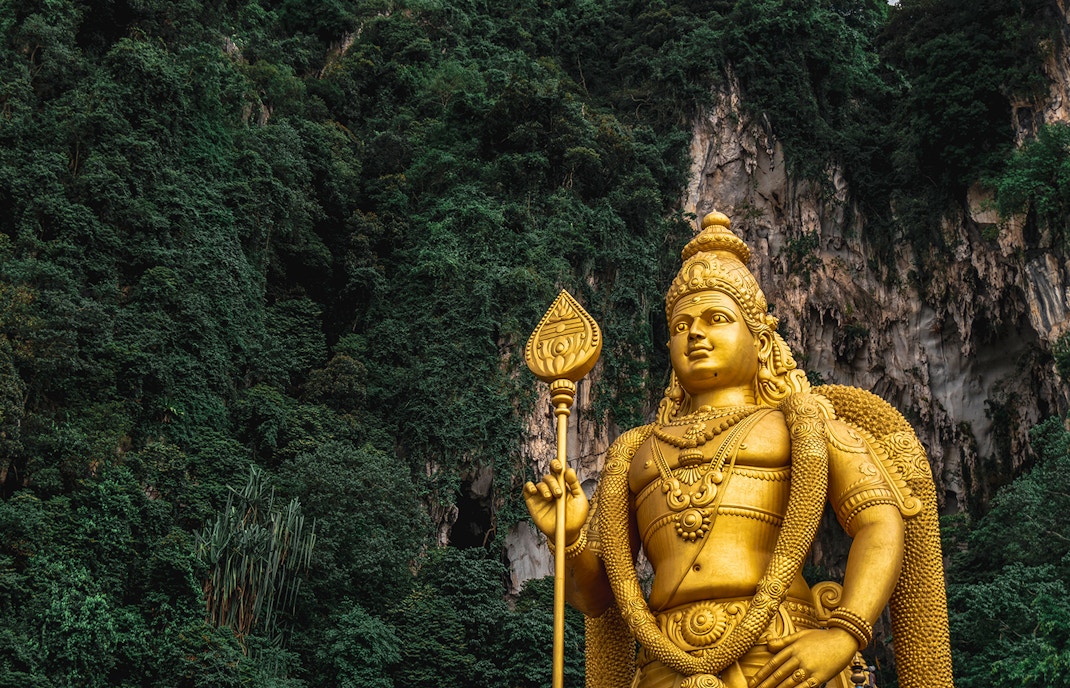
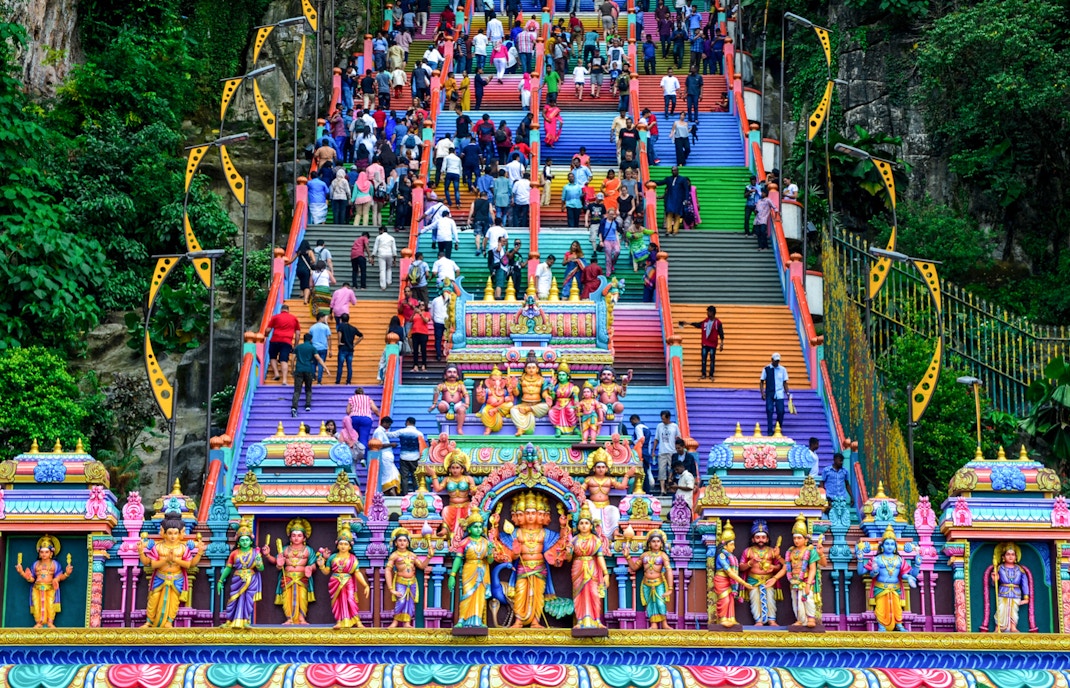
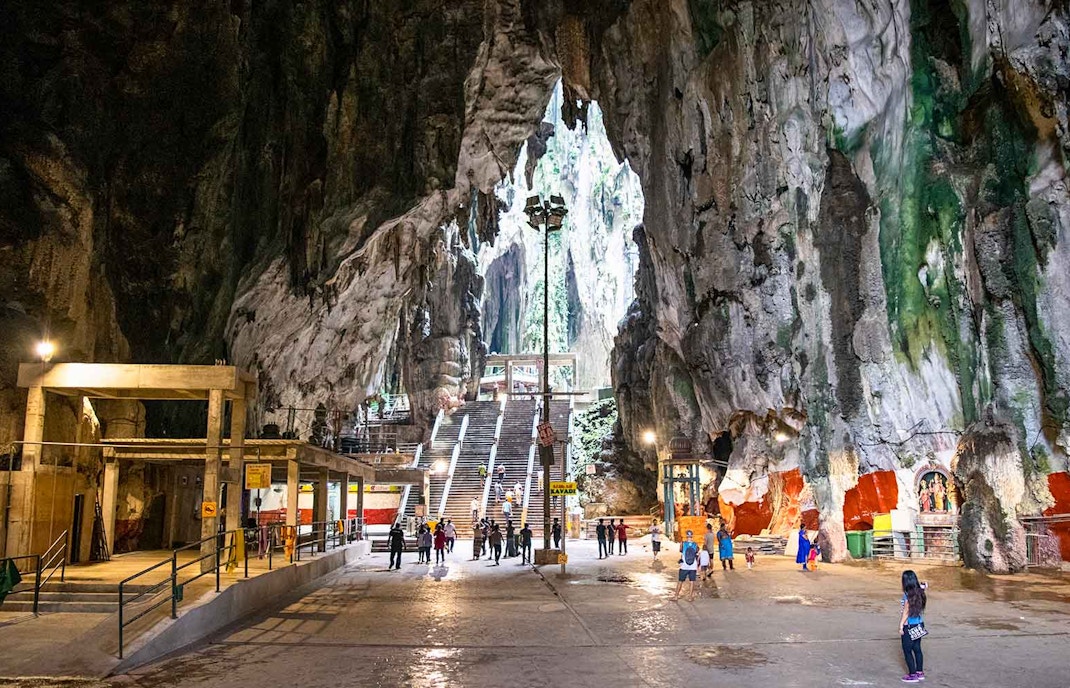
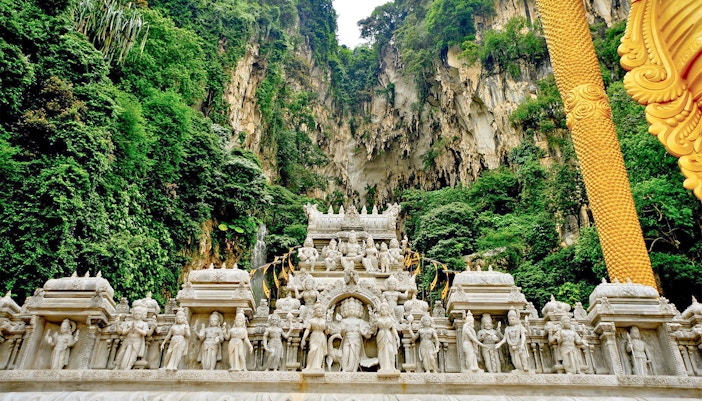
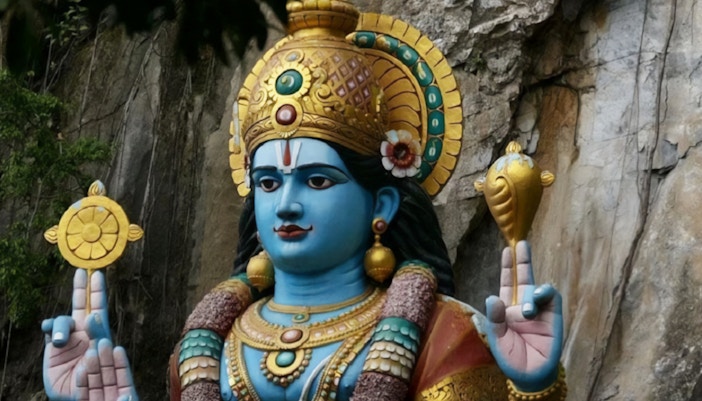
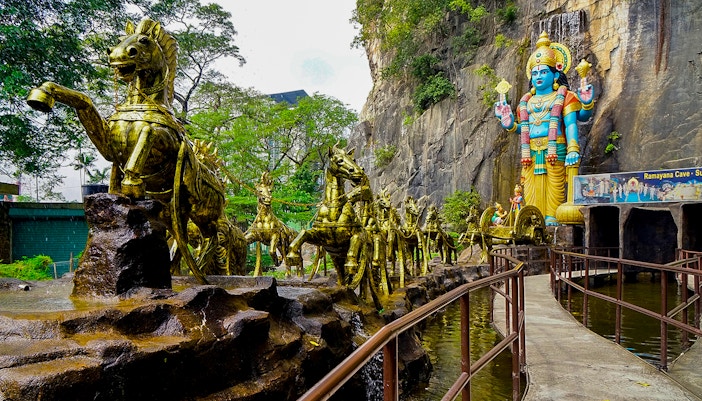
From Kuala Lumpur: Half-Day Tour to Batu Caves with Transfers
From Kuala Lumpur: Private Half-Day Batu Caves & Cultural Temple Tour with Transfers
From Kuala Lumpur: Full-Day Tour of Batu Caves & Colmar Tropicale with Transfers
From Kuala Lumpur: Private Day Tour of Batu Caves, Kuala Lumpur City & FireFlies Watching with Transfers
From Kuala Lumpur: Day Tour of Batu Caves & Kuala Lumpur City with Transfers
From Kuala Lumpur: Private Day Tour of Batu Caves, Kuala Lumpur City & Putrajaya with Transfers
Yes, cameras are allowed, and photography is encouraged in most areas. However, be respectful in sacred spaces.
Entry to the Temple Cave is free, but Ramayana Cave and Cave Villa may charge a small fee. No separate fee for photography.
Mornings between 7am to 9am offers the best lighting and fewer crowds.
Tripods are generally allowed, but use them considerately. They can be obstructive during busy hours.
Drone use is not officially permitted without prior approval. Always check local regulations and temple authorities.
A wide-angle lens works best for capturing the caves and large structures. A zoom lens is handy for details on shrines and statues.
Avoid photographing people in prayer without consent, and refrain from using flash in dimly lit shrines or during religious rituals.